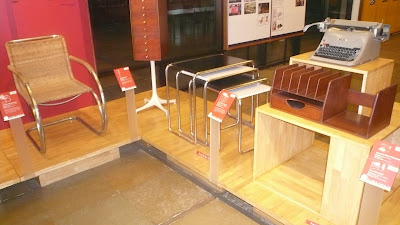From Sanchi it is only an hour to the city of Bhopal where the Global Studio conference was being held. I was a speaker at the conference with a paper based on my research topic. The Global Studio is organised by the University of Sydney and the local School of Architecture in Bhopal. Accommodation was in another converted palace.
The 3 day conference was about inclusive
urbanism and a number of the speakers were useful for my research. More detail
of the conference is at www.theglobalstudio.com Renu Koshla was one of the speakers. I will outline the
material from others below. My presentation got picked up by The Times of India
who had a page 2 article titled, "WOMEN PLAY KEY ROLE IN SLUM RENEWAL".

































